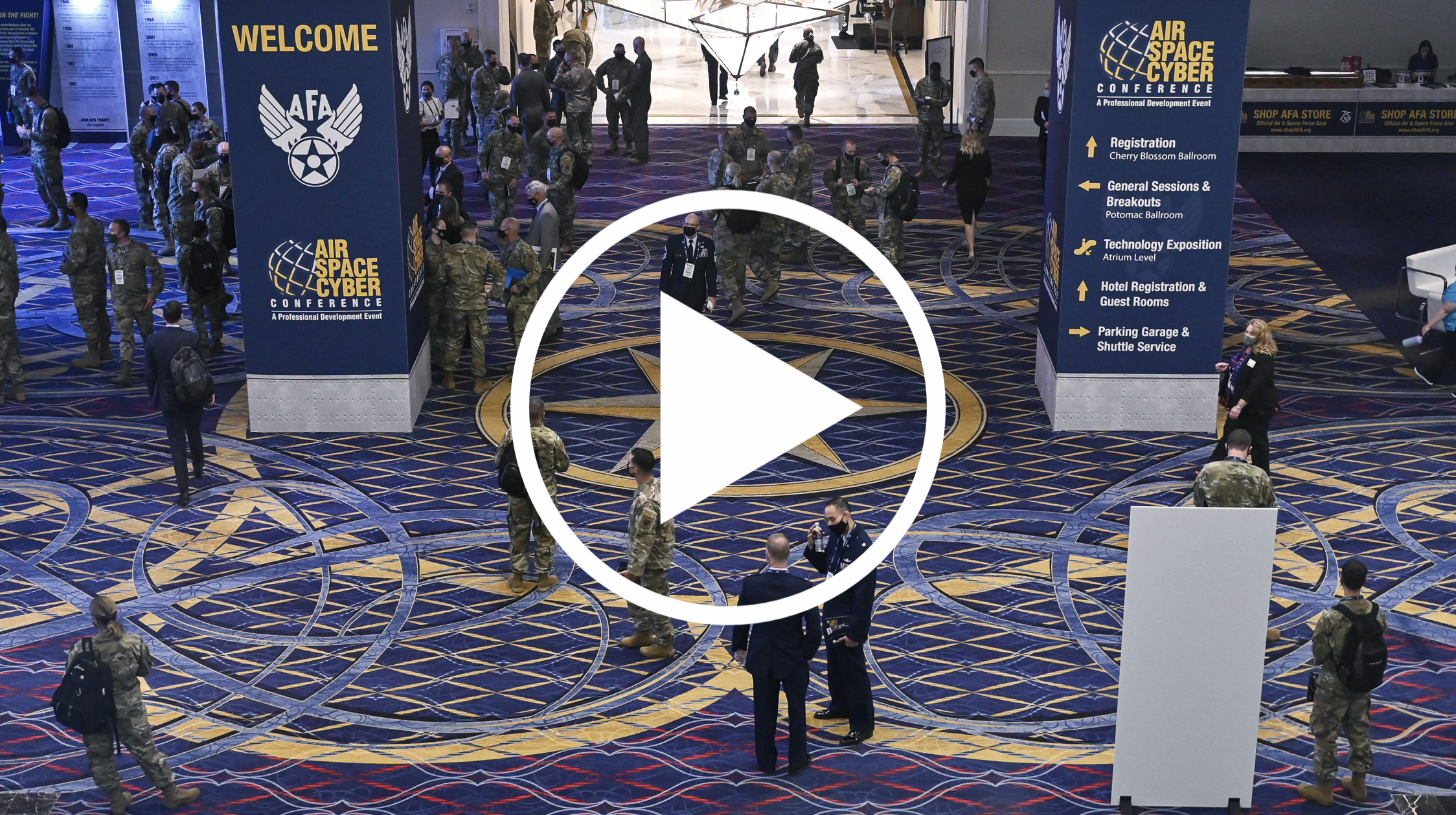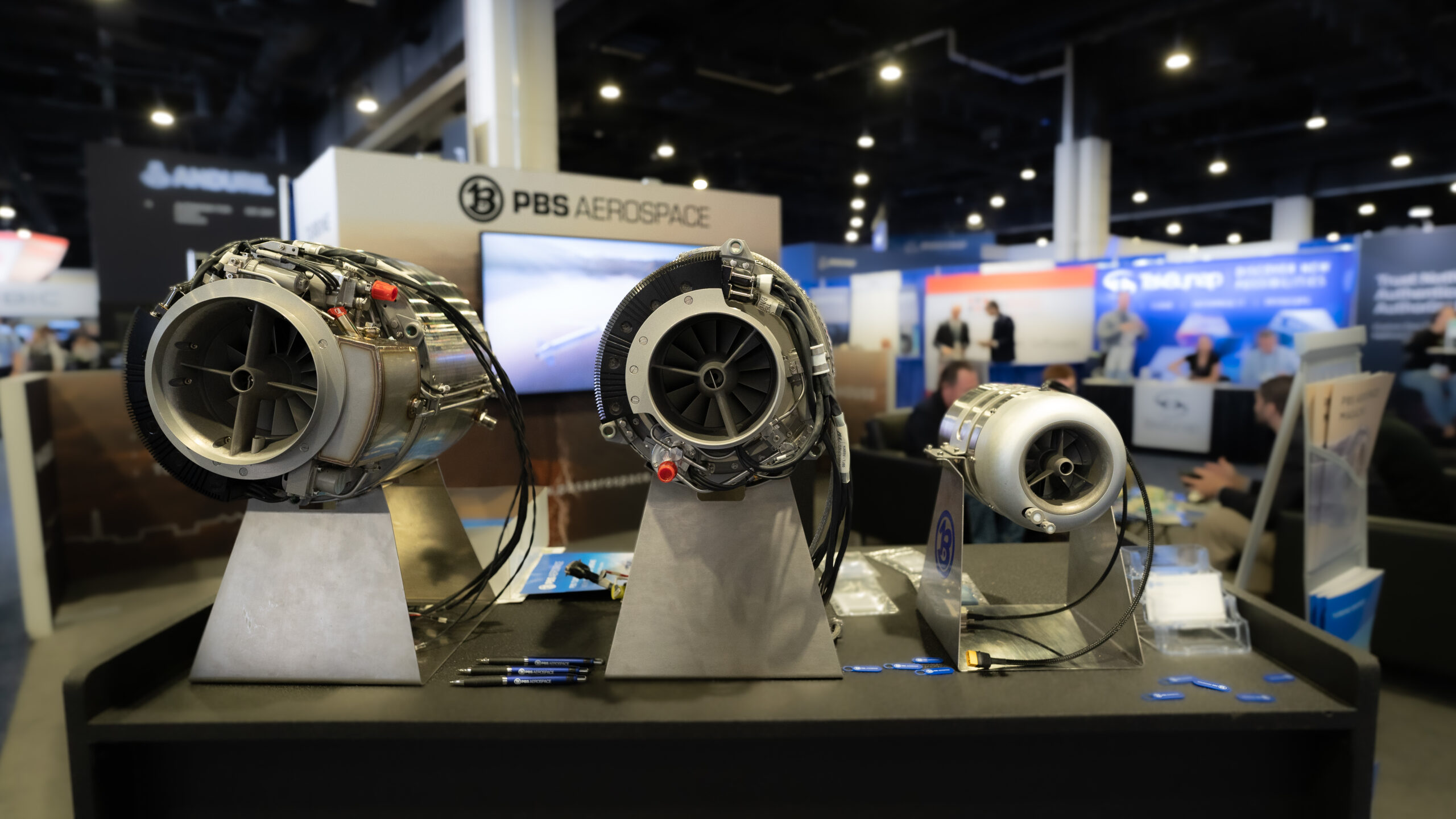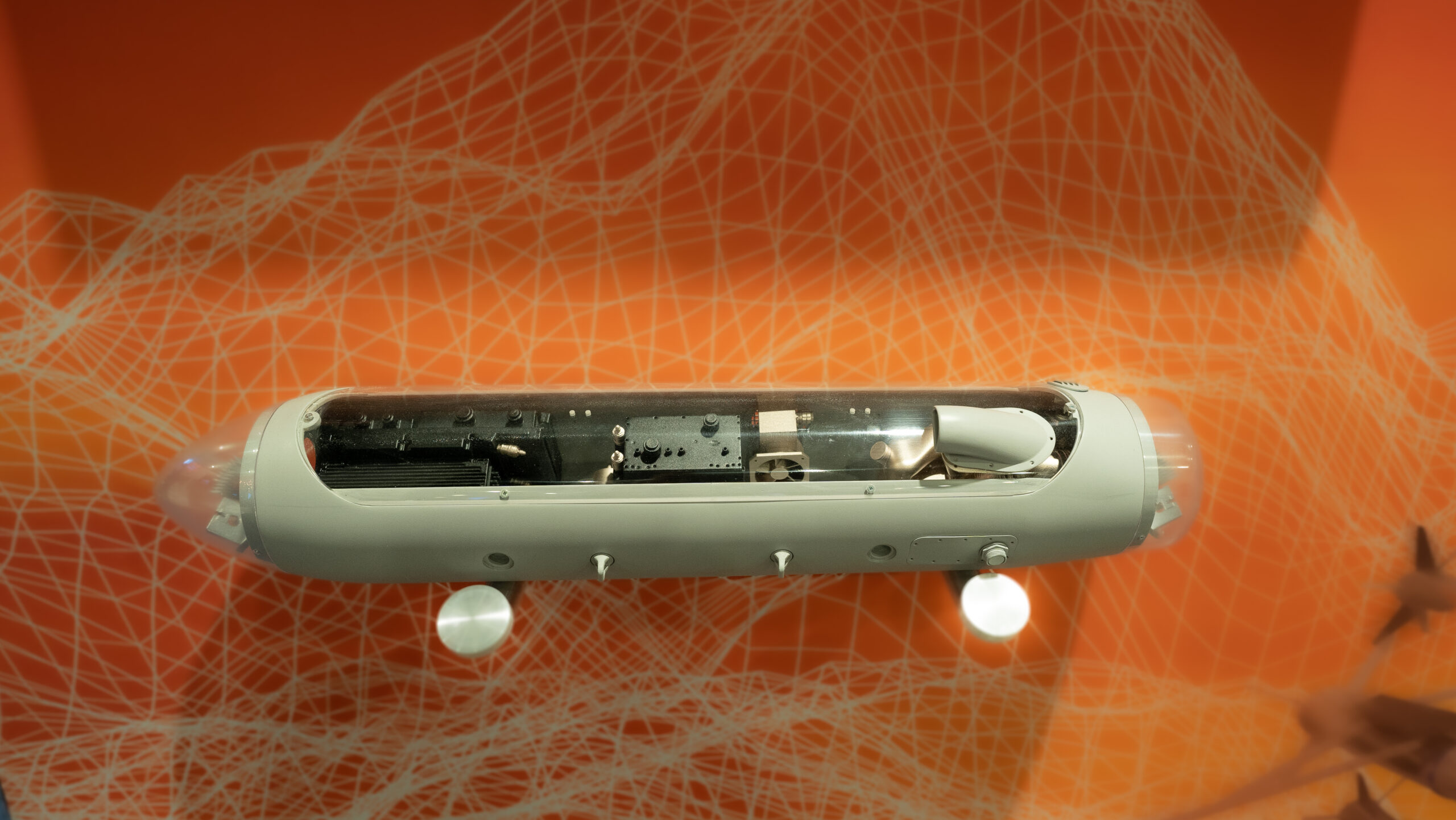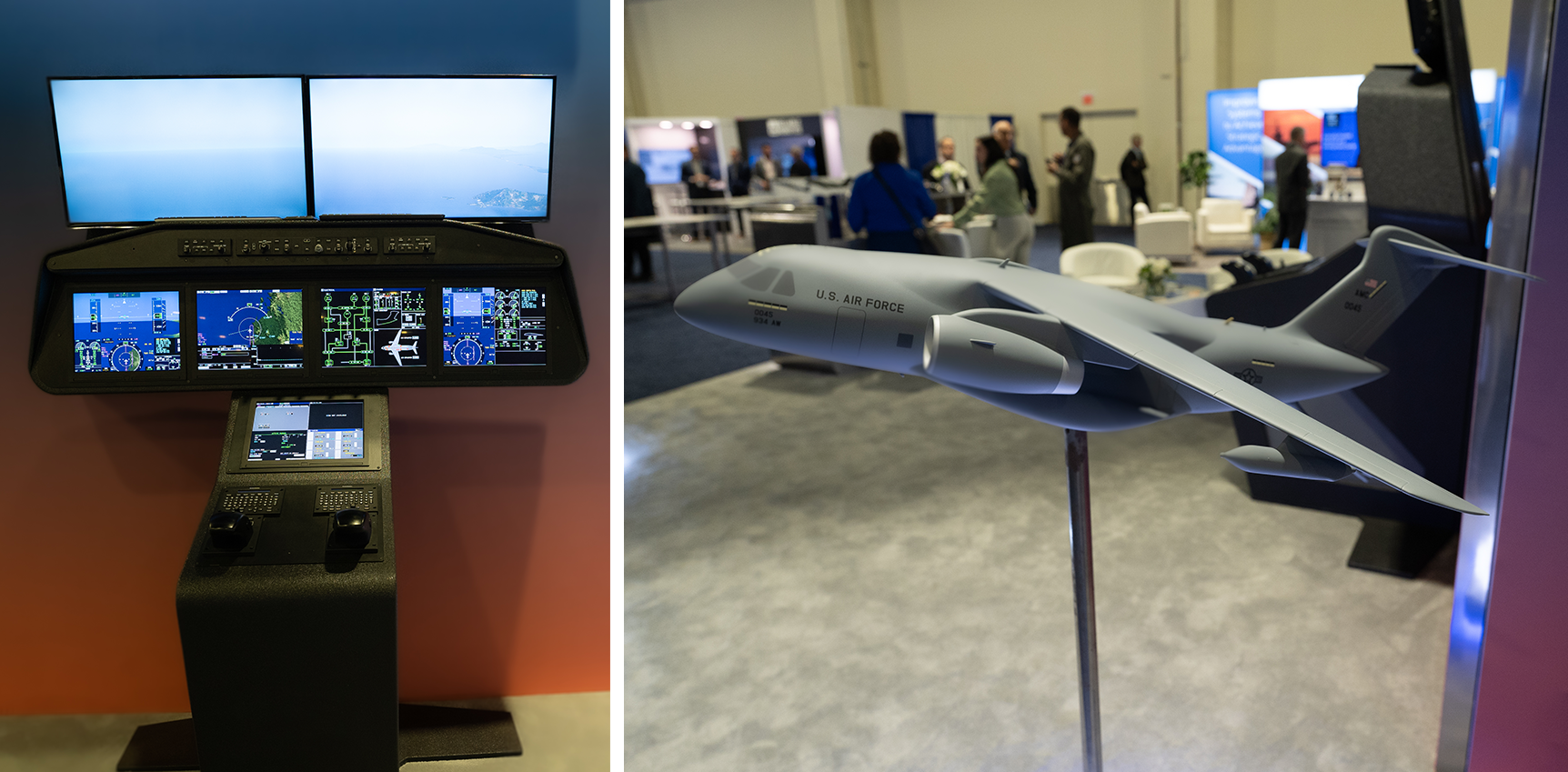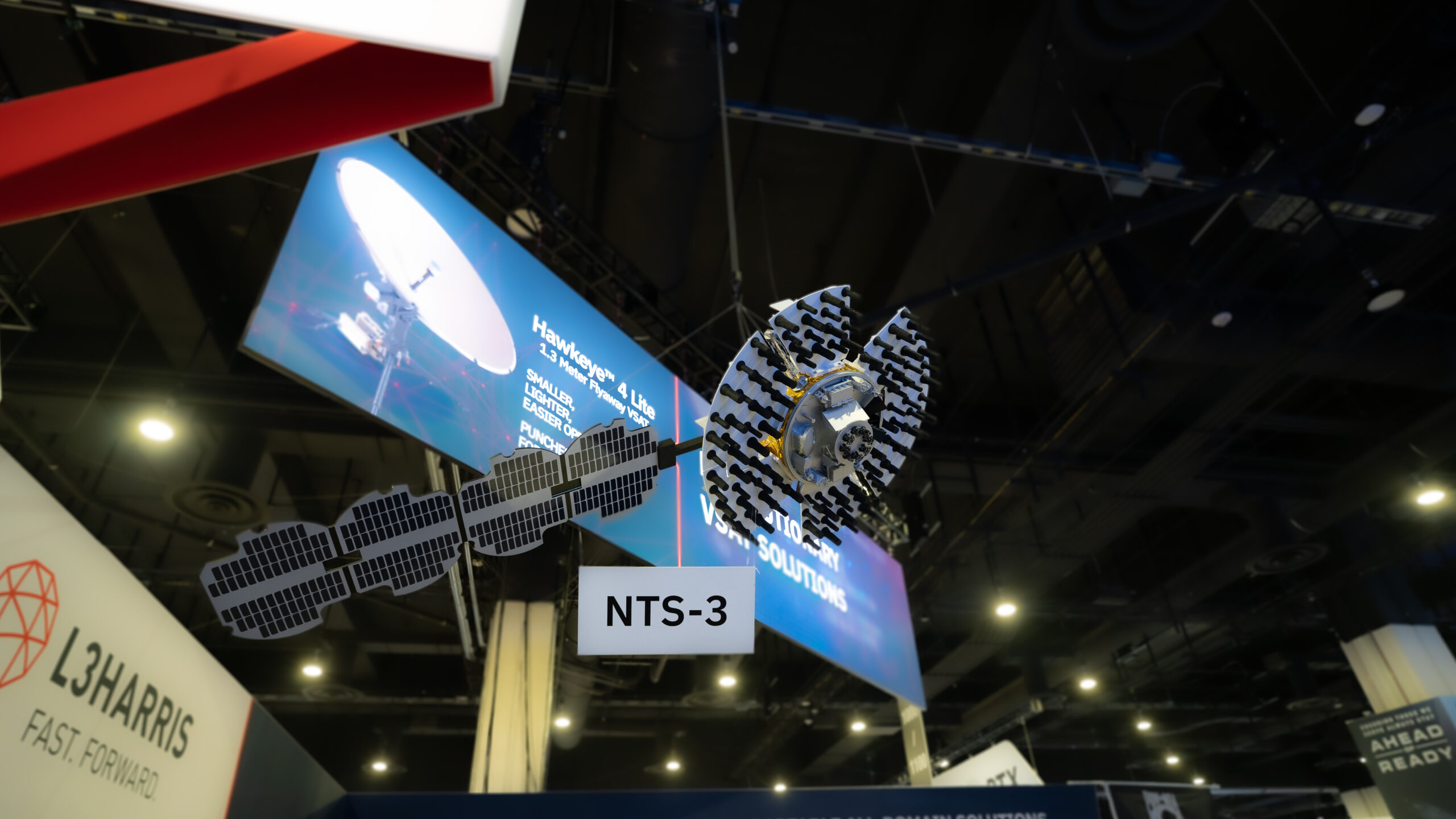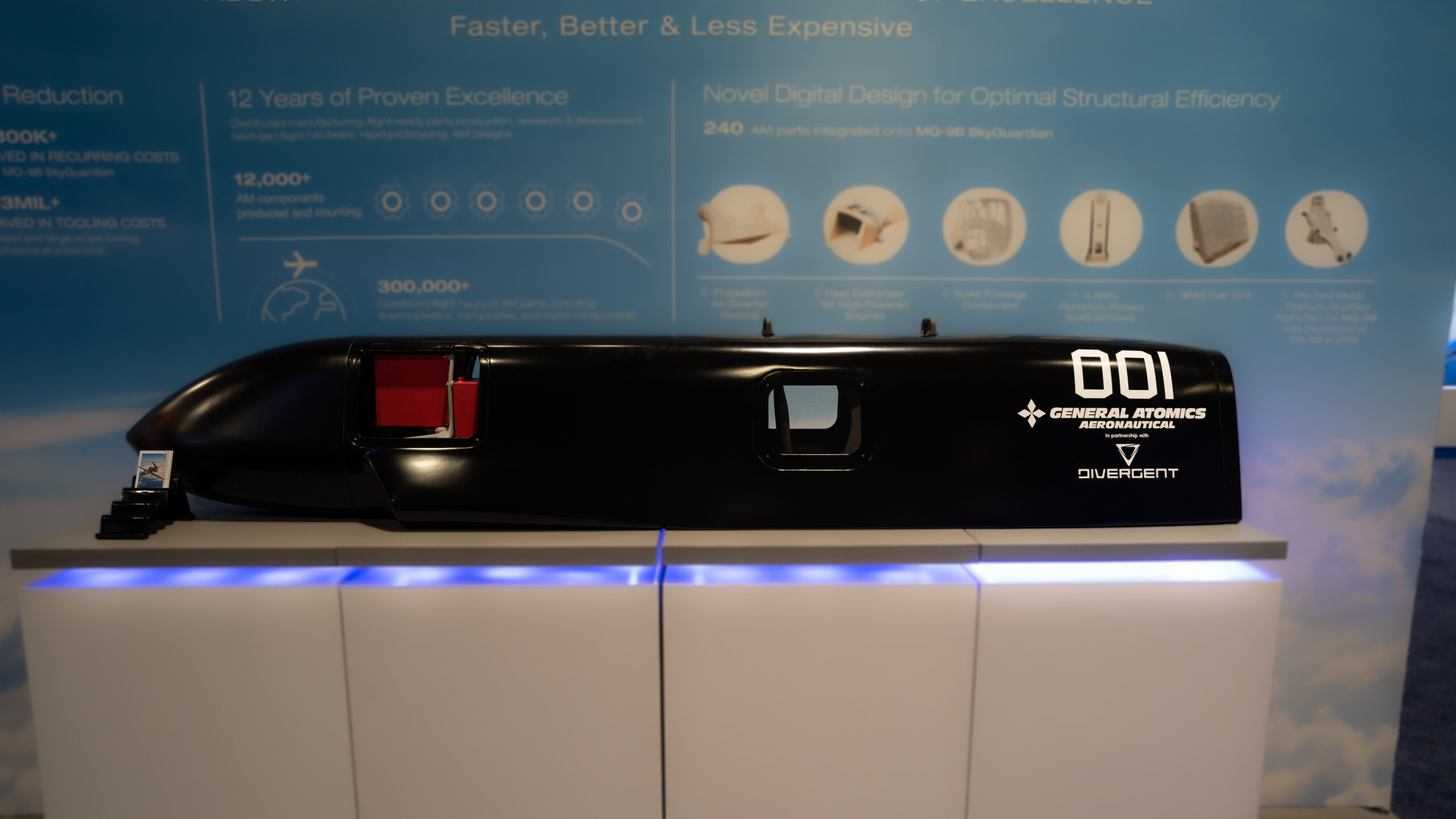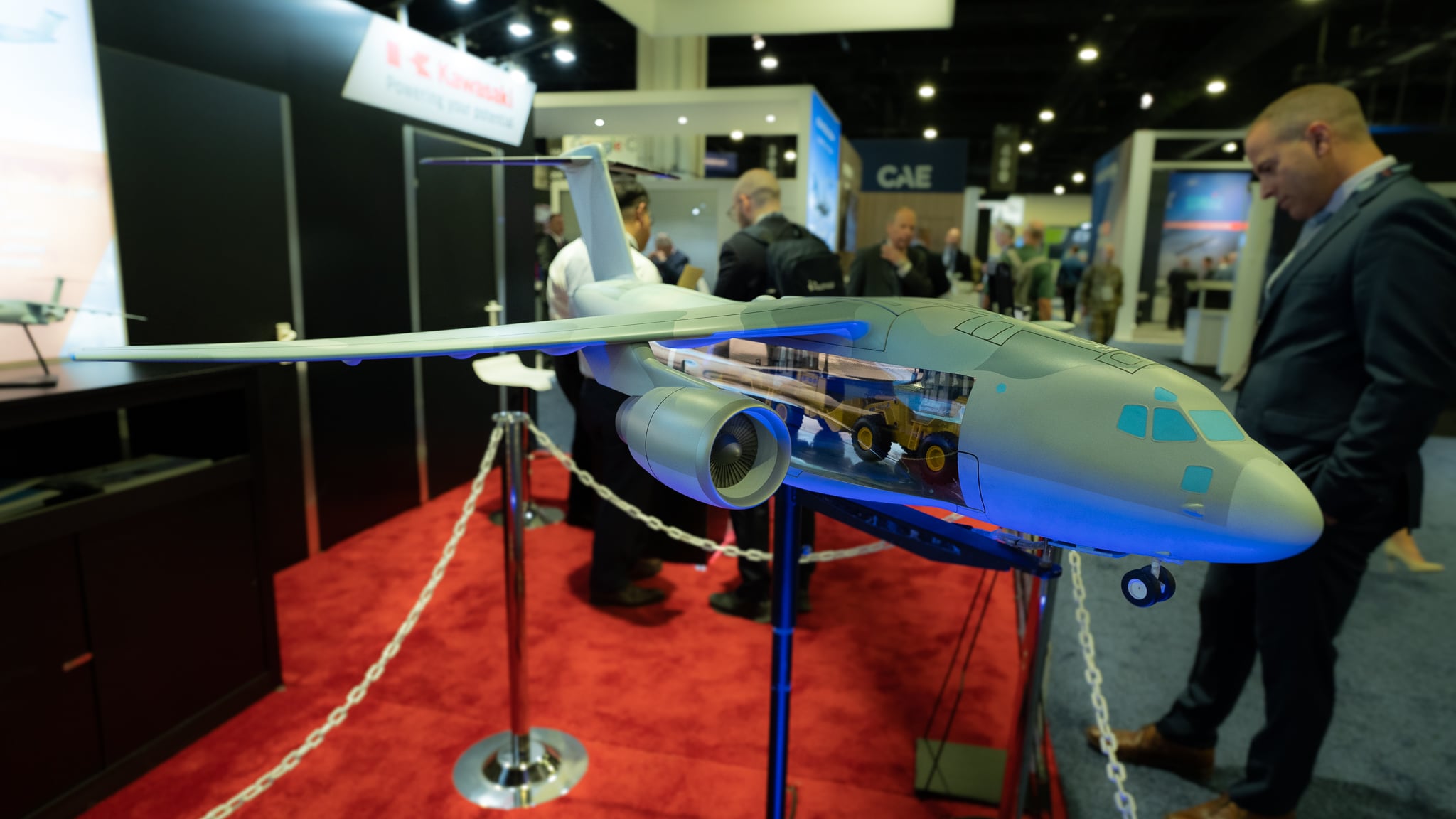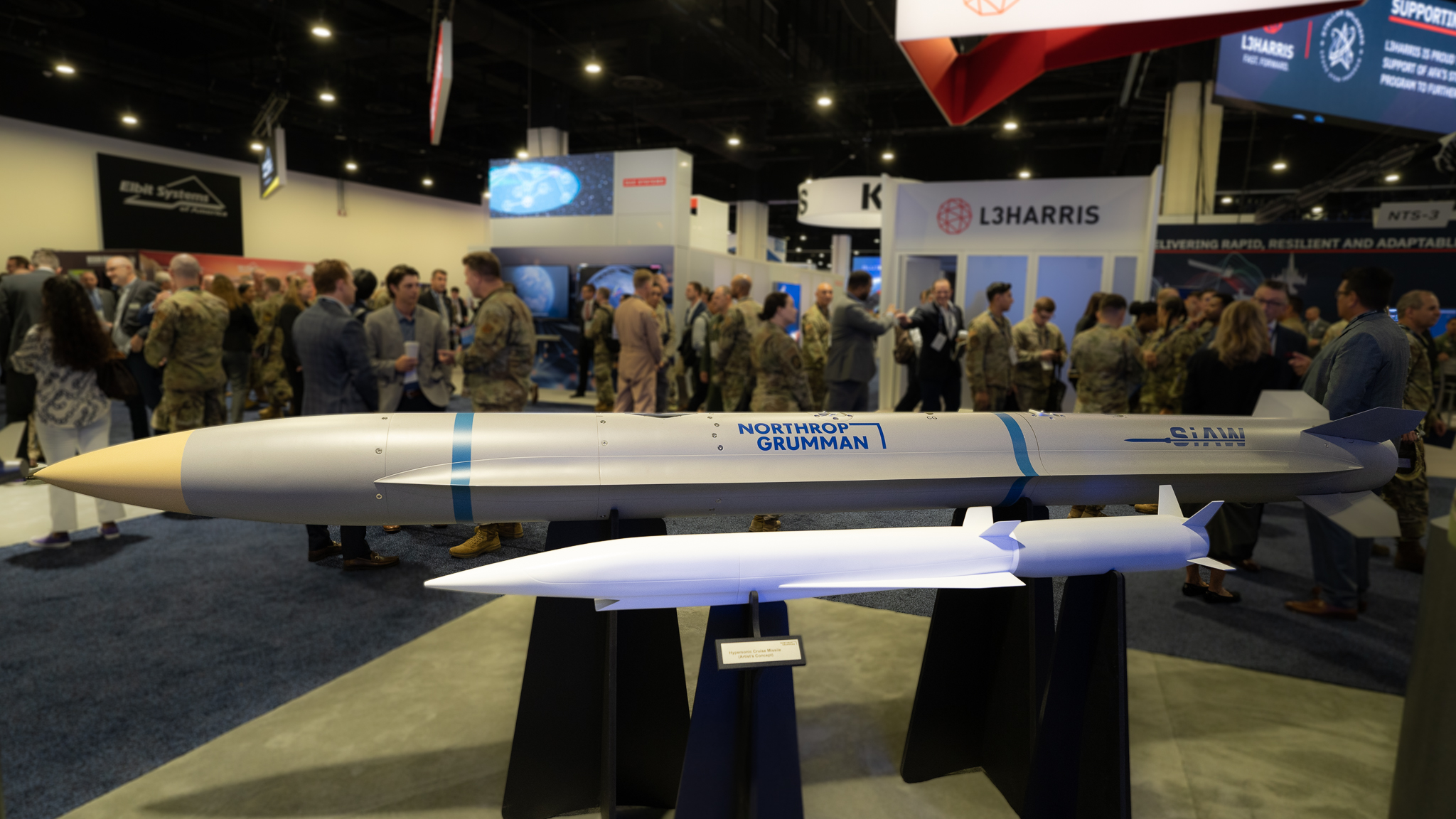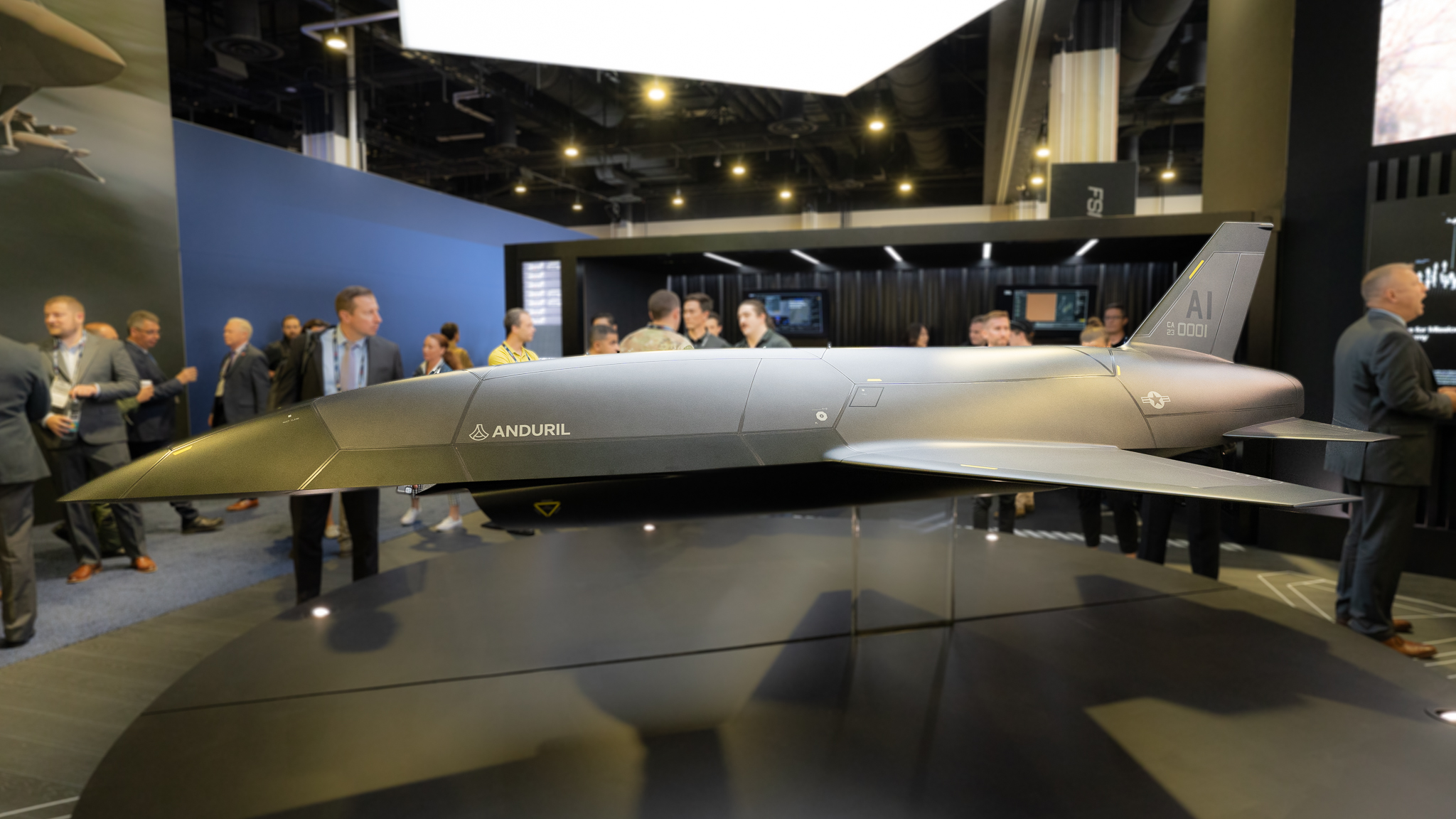
AFA 2023 — The Air Force has taken possession of its first T-7A Red Hawk training jet and EC-37B Compass Call electronic attack plane, according to the aircrafts’ manufacturers.
Boeing, which builds the Red Hawk, officially completed a check-out process with the government known as a weapon system’s material inspection and receiving report (DD250) on Thursday for the Air Force’s first T-7A, according to a company spokesman.
“It’s exciting. It’s like being handed the keys to the car,” Air Force program lead Col. Kirt Cassell told reporters during a media briefing at the Air & Space Forces Association’s Air, Space & Cyber conference on Tuesday. “Then, of course, I have to give the keys” to Air Force and Boeing test pilots, he added.
Five developmental aircraft will be delivered to the Air Force, according to Cassell, which will “hopefully” all take place by the end of this year.
The Red Hawk program is running over two years behind schedule after the trainer suffered setbacks with its escape system and flight control software. The Air Force plans to make a production decision for the aircraft in February 2025, though the service has allotted a full year of schedule margin beyond that date. Should the service go ahead, a total of 351 Red Hawks are planned to replace the service’s decades-old fleet of T-38 Talons.
After an overhaul of the escape system was evaluated in what’s known as a sled test in February, Cassell said the program has carried out wind tunnel tests and measured the ejection seat’s center of gravity and inertia. Another full escape system test, which includes the seat and other elements of the escape system like its canopy, is slated for February of next year, according to Cassell. The Red Hawk’s ACES 5 ejection seat is built by Collins Aerospace.
Evelyn Moore, Boeing’s T-7A program manager, also said during the Tuesday briefing that a new software update is expected to be issued “in the next couple of months.” A May report by the Government Accountability Office (GAO) found the Red Hawk program may need as many as five or six additional software iterations to fix problems encountered during flight tests, adding risk to the trainer’s schedule.
A joint appearance with Moore and Cassell seemed to underscore greater cooperation between the aerospace giant and Air Force after GAO warned that the relationship between the two was “tenuous.” In the wake of the GAO report, Cassell pushed back on that characterization, telling Breaking Defense the two parties have a solid relationship.
Boeing has incurred over $1 billion in losses on the Red Hawk due to its fixed-price contract, and to meet the program’s production decision date or possibly beat it, the company has started ordering long-lead parts for production. Since the Air Force hasn’t yet issued a contract to Boeing for that process, the Government Accountability Office warned that the Defense Contract Management Agency (DCMA) may not be able to supervise production using its normal mechanisms.
But that may no longer be an issue: According to the Air Force, the parties involved have struck an agreement.
“A memorandum of understanding [MOU] has been reached between Boeing, the Program Office, and DCMA,” an Air Force spokesperson told Breaking Defense, though the date of the MOU wasn’t shared. “The overarching agreement between DCMA and the Program Office is in final review. Once completed, we will perform surveillance on early production activities.”

Compass Calling
Also this week, a team of BAE and L3Harris also delivered the first of 10 EC-37B Compass Call aircraft to the Air Force, according to a BAE press release. The Compass Call is an electronic warfare (EW) platform based on the Gulfstream G550 that will replace the service’s aging EC-130H. BAE builds the aircraft’s electromagnetic attack mission system while L3Harris integrates it on the Gulfstream business jet.
In a roundtable with reporters on Tuesday during the AFA conference, head of Air Combat Command Gen. Mark Kelly explained that the combined developmental and operational testing for the new jet will “mostly be mission system related. In other words, we have to make sure that our integration work that we did at [L3Harris’s facilities in] Waco” performs well.
“When we dial up the jamming power or ask for a specific waveform, that waveform needs to come out [with] exactly the amount of ramp and power and frequency we asked for,” he said.
The Air Force needs the new Compass Call to allow ships and aircraft to get closer to targets using electromagnetic protection and conduct electronic attack against enemy systems, according to Kelly. The EC-37B won’t be too different from its predecessor — whose systems are being stripped out to be placed on the new bird — though Kelly emphasized its higher altitude, faster speed and newer airframe will field improvements.
“We just need it to move around a large expanse of airspace, and we’ll be using advanced techniques to make sure we can operate in the EMS [electromagnetic spectrum],” he said.
